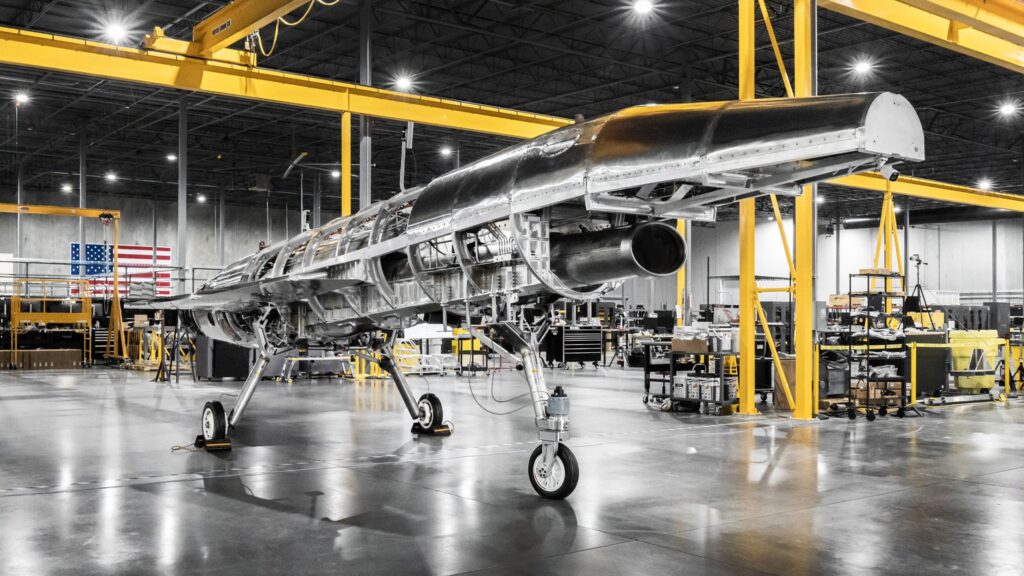Atlanta-based aviation firm Hermeus is actively developing a reusable hypersonic aircraft for both military and commercial applications, and this week it released a never-before-seen image of its technology demonstrator as it progresses toward ground testing in the months ahead.
Hermeus’ uncrewed technology demonstrator, Quarterhorse, eventually aims to achieve speeds in excess of Mach 4 — and potentially even higher — thanks to the company’s unique propulsion system design. But before this high-speed platform can fly, it has to learn to walk… or more appropriately, taxi. And that’s precisely what the company’s recently unveiled Quarterhorse Mk 0 prototype aims to do.
Meet Quarterhorse Mk 0. Our first fully integrated vehicle that will validate various systems from electrical, hydraulic, pneumatic, avionics, steering, and propulsion. Mk 0 will not take flight but demonstrate remote command and control during taxiing. pic.twitter.com/JKxnJJc72N
— Hermeus (@hermeuscorp) October 12, 2023
Once complete, this non-flying aircraft will provide Hermeus with the opportunity to begin testing onboard systems like its remote flight controls, while production on the Quarterhorse Mk 1 – the company’s first flying prototype – is underway.
Quarterhorse measures about 40 feet in length and is powered by a turbine-based combined cycle (TBCC) engine of Hermeus’ own design dubbed Chimera. As its name reflects, this air-breathing jet engine could really be thought of as two engines in one: A turbojet followed by a ramjet. Turbojets are adept at powering aircraft from a complete stop and up to around Mach 3, though their efficiency tends to drop off above Mach 2. Ramjets take over at high speeds, accelerating from Mach 3 to hypothetical speeds as high as Mach 6. Chimera’s ramjet is designed to accelerate Quarterhorse past Mach 4 and potentially even beyond Mach 5 at altitudes as high as 95,000 feet.
Hermeus successfully demonstrated Chimera’s ability to transition from turbojet to ramjet power in a high-speed wind tunnel last November.
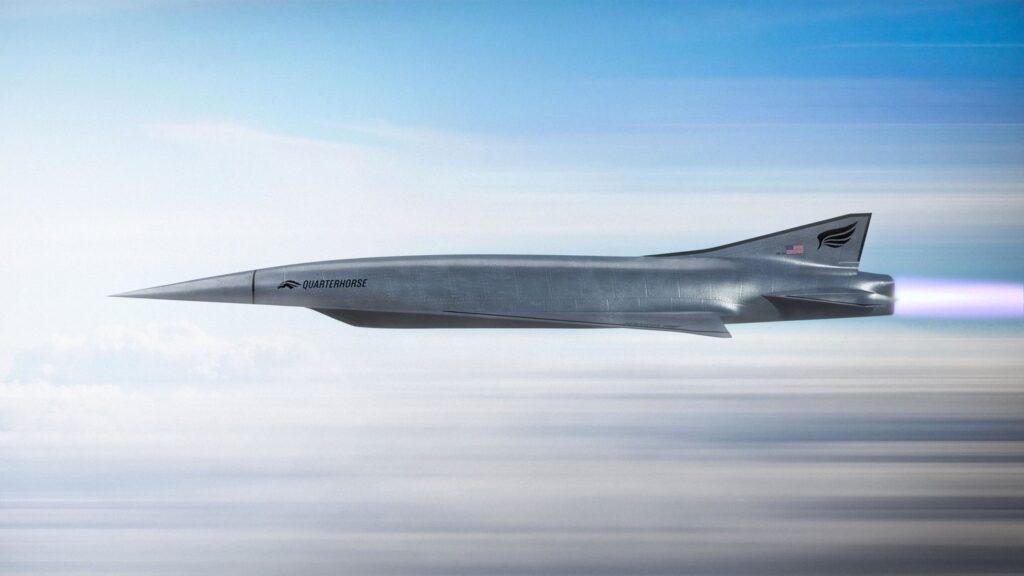
Achieving these speeds would make Hermeus’ Quarterhorse the fastest reusable jet of all time, eclipsing the legendary SR-71 Blackbird that has maintained the title for nearly 60 years, despite being retired for 24 of them. There have been faster air-breathing jets like NASA’s scramjet-powered X-43 Waverider, but these platforms lacked the ability to land, and as such, were single-use.
Hermeus doesn’t expect to steal the Blackbird’s title right away, however. Once ground testing is complete on Quarterhorse Mk 0, the next iteration – Mk 1 – will be tasked with taking flight to more thoroughly test its onboard avionics, flight controls, hydraulics, and other systems at likely subsonic speeds. Hermeus will then leverage lessons learned from the first two vehicles to begin construction on Quarterhorse Mk 2, which will stretch its afterburning legs beyond the sound barrier to begin a supersonic flight testing regime up to speeds below Mach 3.
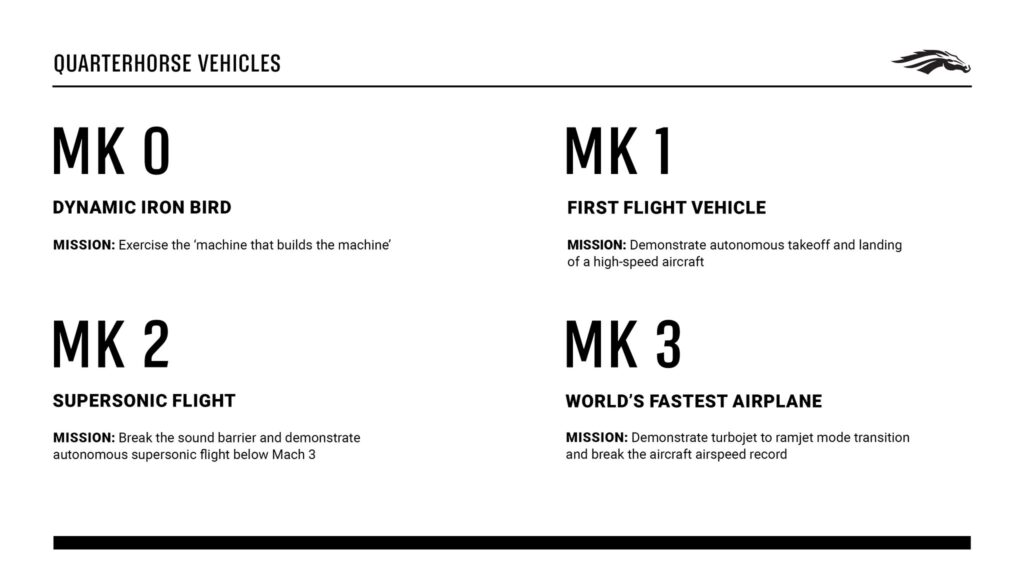
Finally, with test data gathered from taxi, subsonic, and supersonic flight testing, construction will begin on the Quarterhorse Mk 3 – which Hermeus says will be able to fly faster than the SR-71, which had a publicly disclosed top speed of Mach 3.2. Hermeus isn’t aiming to just squeak by that record, however, and intends to push the Quarterhorse Mk 3 beyond Mach 4.
Using Hermeus’ Chimera TBCC propulsion system, it’s possible that Quarterhorse could eventually see speeds in excess of Mach 5 — which is commonly considered the hypersonic barrier. (Technically speaking, the hypersonic barrier is defined as the speed at which the chemical makeup of the air you fly through is affected by that interaction, but this tends to start happening at around Mach 5).
That would make this plucky start-up not only the owner of the world’s fastest reusable jet, but also the world’s first company to field a publicly disclosed, reusable hypersonic aircraft.
With Quarterhorse under its belt, Hermeus then intends to move to its military-specific platform, Darkhorse, which will be powered by an even larger and more powerful TBCC engine using a Pratt & Whitney F100 turbofan as its foundation. The F100, which powers high-performance fighters like the F-15 Eagle, will provide more than four times the thrust of Chimera’s current J85, allowing for much larger payloads and even greater speeds.
Sandboxx News had the opportunity to tour Hermeus’ Atlanta facility this past June while the Quarterhorse Mk 0 was already under construction and immediately after the company had taken delivery on its first F100 turbofan. You can watch our analysis of their effort here:
Hypersonic missiles vs. Hypersonic aircraft
In recent years, hypersonic missiles have garnered a great deal of attention thanks to their ability to flummox even the most advanced air defense systems through a combination of speed and maneuverability, but the incredible cost of these weapons has left many questioning whether they offer any real practical combat value. According to one recent Pentagon estimate, hypersonic missiles may cost as much as $106 million each, or about $27 million more than a brand-new F-35A.
America’s geopolitical opponents, Russia and China, both claim to have unpowered hypersonic glide vehicles (HGVs) in service, but their nuclear-capable deterrent role means neither country will need to demonstrate that these weapons work any time soon. The United States, on the other hand, has committed to fielding strictly conventionally armed (non-nuclear) hypersonic missiles with the goal of getting these weapons into the fight immediately upon entering service.
For a country like China, with its sights set on engaging America’s multi-billion-dollar supercarriers, a $100 million missile isn’t an unreasonable price point. But for the United States, which aims to use these weapons for conventional engagements the world over, there are very few targets that might warrant such a pricey munition.
Related: Hypersonic firm Hermeus proves their Mach 5+ jet engine works
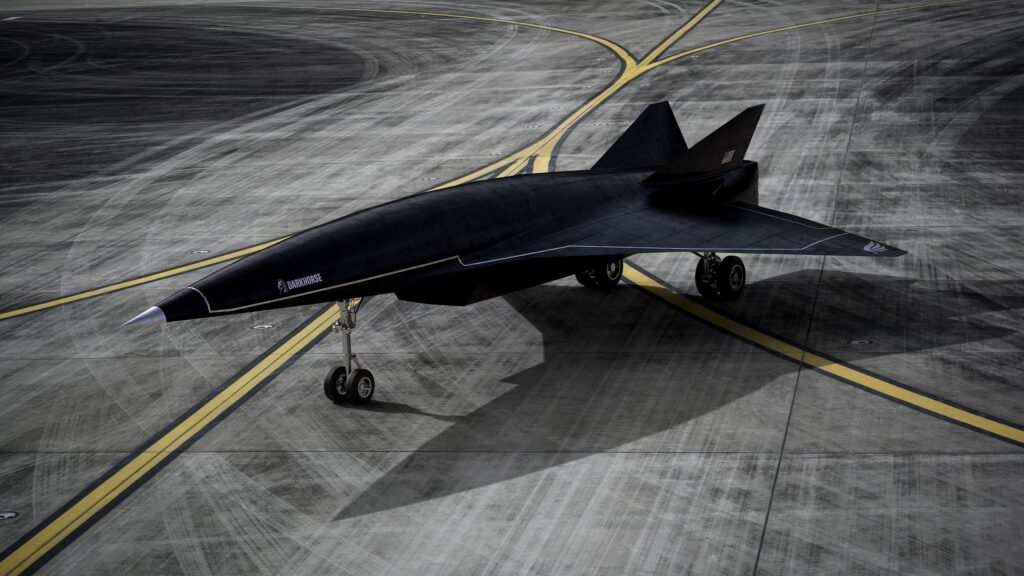
A hypersonic platform like Hermeus’ Darkhorse, however, could defeat air defenses in the same way a hypersonic missile could. Modern air defense systems use advanced sensors to track and extrapolate a weapon’s trajectory, before launching an interceptor (another missile) at a point farther along that projected flight path — like a quarterback leading a wide receiver. By adjusting course even slightly, a hypersonic weapon or aircraft renders those calculations moot, forcing the system to start the process over again and potentially missing the opportunity to intercept at all.
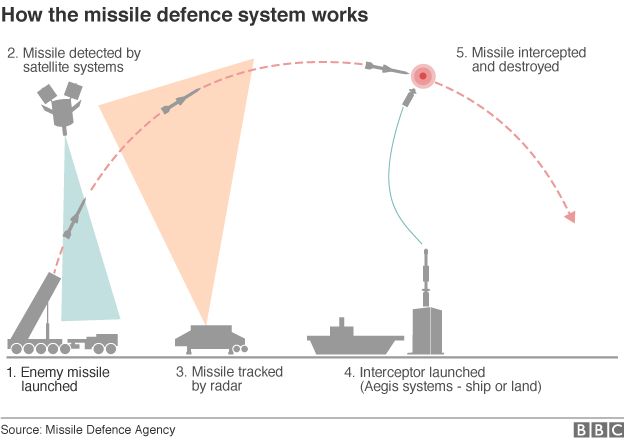
But while the Pentagon assesses that its single-use hypersonic missiles in development may cost more than $100 million a piece, Hermeus projects that it can field its own reusable hypersonic aircraft for around that same price point. In other words, Hermeus could potentially take hypersonic flight out of the realm of high-dollar deterrent weapons with very few practical uses… and place it squarely in the realm of standard day-to-day operations.
Hermeus is not alone in this endeavor, however, with at least one other publicly disclosed program to field a hypersonic drone (of sorts) underway within the secretive confines of the Air Force Research Laboratory. The Air Force’s effort, currently known only as Mayhem, is aiming for higher speeds and will likely come with higher prices to match. Rather than combining a turbofan with a ramjet as Hermeus has, the Air Force intends to use a higher-speed scramjet instead.
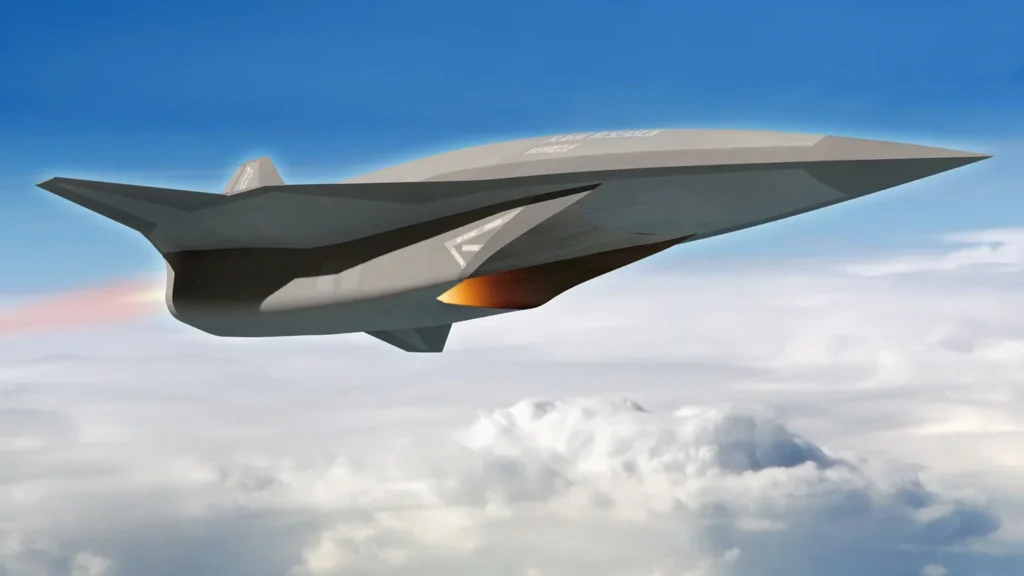
From a practical standpoint, a combined cycle turbofan/ramjet and turbofan/scramjet work in very much the same way, but ramjets slow the inflowing air down to more manageable subsonic speeds before mixing it with fuel and igniting it for propulsion, whereas scramjet allows air to flow through them at supersonic speeds. As a result, ramjets likely can’t exceed Mach 6, whereas scramjets could potentially continue accelerating up to Mach 10 and even beyond.
However, all that added speed comes with a great deal of added complexity and cost. Scientists have likened ignition in the supersonic flow of a scramjet to trying to light a match in a hurricane. Despite a number of successful scramjet technology demonstrators over the years, no nation or company has thus far managed to field a scramjet in an operational aircraft or weapon.
Ramjets, on the other hand, are based on older and more proven technology, and as a result, create fewer technical hurdles to overcome, which may just give Hermeus the leg-up it needs to be the first company to cruise past Mach 5, right into the record books, and all the way to the bank.
But before it can do any of that, Quarterhorse Mk 0 will need to prove it can manage the comparatively minor rigors of taxi tests right here on the ground.
